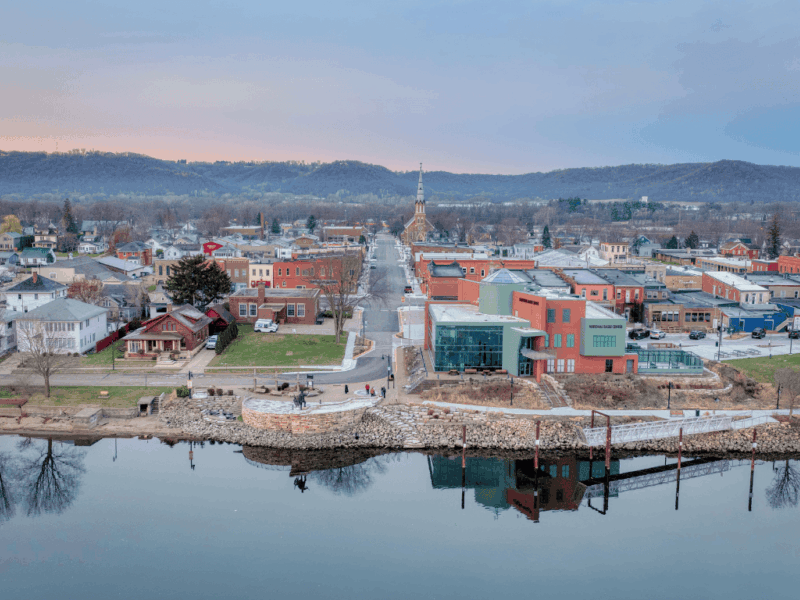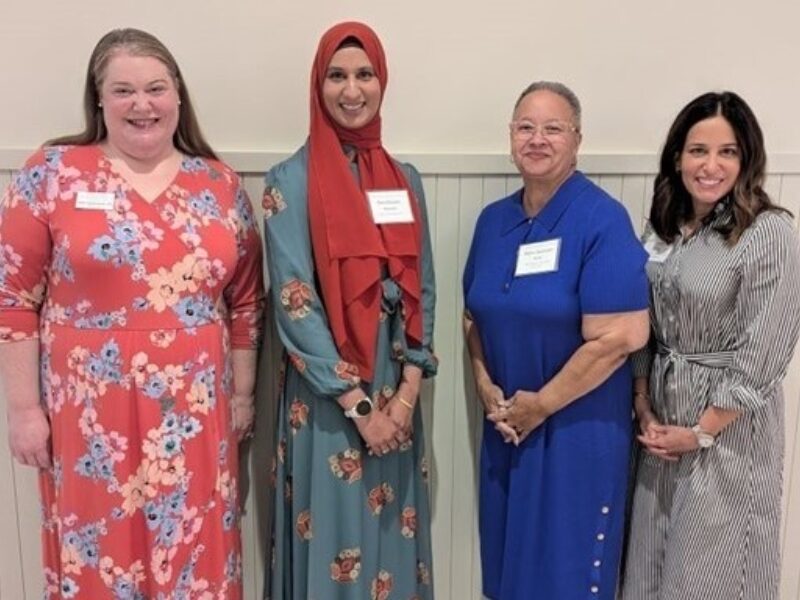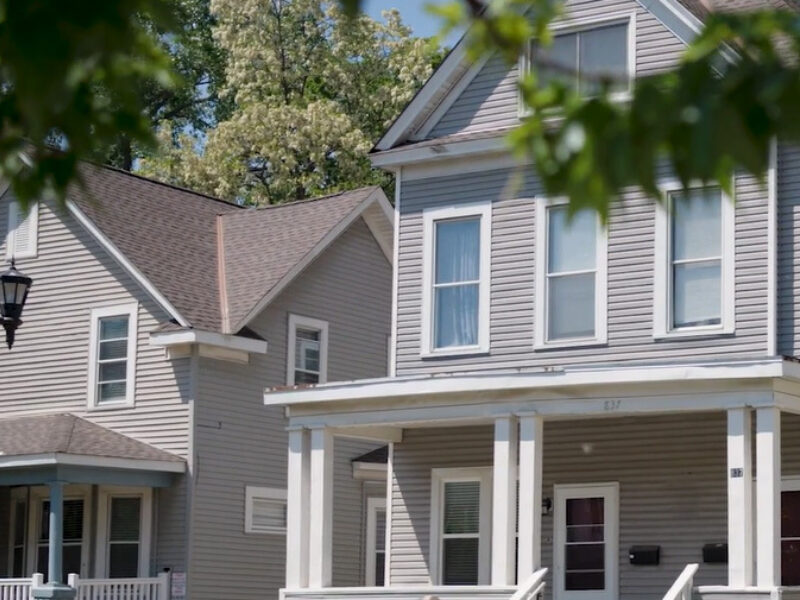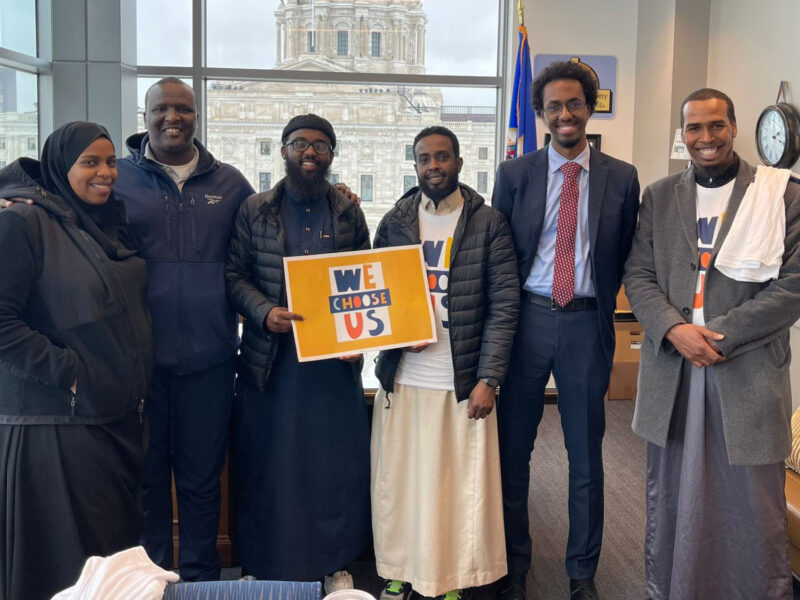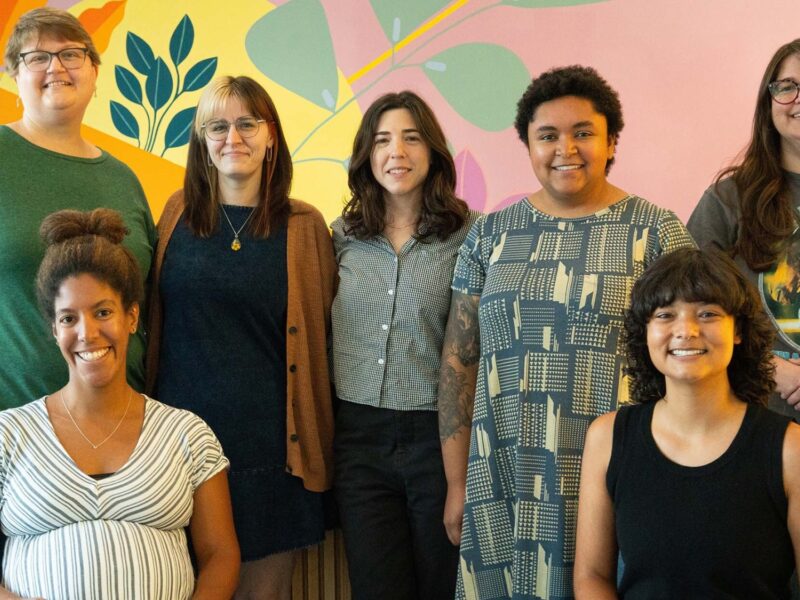MEASURING COMMUNITY VITALITY THROUGH NUMBERS AT EAST METRO PULSE DATA PARTIES
On a snowy February afternoon, community leaders from across the East Metro area gathered at the Saint Paul & Minnesota Foundation for a fun and exciting way to look at facts and figures.
With 90s R&B hits playing softly in the background, individuals introduced themselves, broke into groups and began to dive into qualitative statistics at one of the Foundation's first ever data parties, focused on East Metro Pulse, Volume 2.
In 2016, the Foundation launched the East Metro Pulse – a tool the Foundation created to measure community vitality and quality of life in Dakota, Ramsey and Washington counties. East Metro Pulse asks residents how they feel about their community (e.g. schools, neighbor relations and economic stability).
To help remove the fear of working with numbers, the Foundation's vice president of Operations and Learning, Nadege Souvenir, introduced the idea of data parties. Her hopes were that the parties would not only inform policy makers, funders and local leaders to champion important issues that affect their communities, but also empower them to utilize data to shape their work and tell their stories.
“It was wonderful to have dedicated time with data experts to start digging into the big book of data,” said Kara Wentworth, strategic impact analyst for Twin Cities PBS.
“At Twin Cities PBS, we are planning to have our own data jam where our impact team will bring the East Metro Pulse data alongside the other community data sources we have and invite our staff to come in with questions and see how we can answer them with existing data … or what kind of research we should think about next if we can’t answer the questions yet!”
New to Volume 2, the Foundation asked residents whether different types of organizations and institutions treat people of all races fairly. The results showed that local news media and national news media ranked fourth and second lowest respectively. This knowledge is something Twin Cities PBS considers when creating their content.
“We are storytellers, and a big piece of our work is creating a platform for people to tell their own stories, especially those who don’t get their voices and stories amplified enough in mainstream media,” said Wentworth. “You can see this especially strongly in the local content we create – from the old show ‘Don’t Believe the Hype’ through the documentaries and web pieces we are creating today.”
Custom Data Books Offer Comparisons
In addition to the mailed survey, the Foundation provided nonprofits with a unique link to provide to their constituents. Those with more than 50 responses received their own data book to better inform their programs and efforts. At this particular data party, representatives from six of the nine organizations who received data books were present and had the opportunity to compare findings.
Most of the attendees were in awe of the findings.
A representative from 360 Communities was amazed at how different the results in her organization’s data book were compared to the East Metro as a whole. When reviewing accessibility to quality employment, 19 percent of the 360 Communities’ respondents said there weren’t any good jobs in comparison to 40 percent of respondents in Dakota County. Some other interesting differences found among the groups included looking at the role race plays in how major corporations treat potential employees compared to small businesses, and how low-income and high-income residents view community connectedness.




